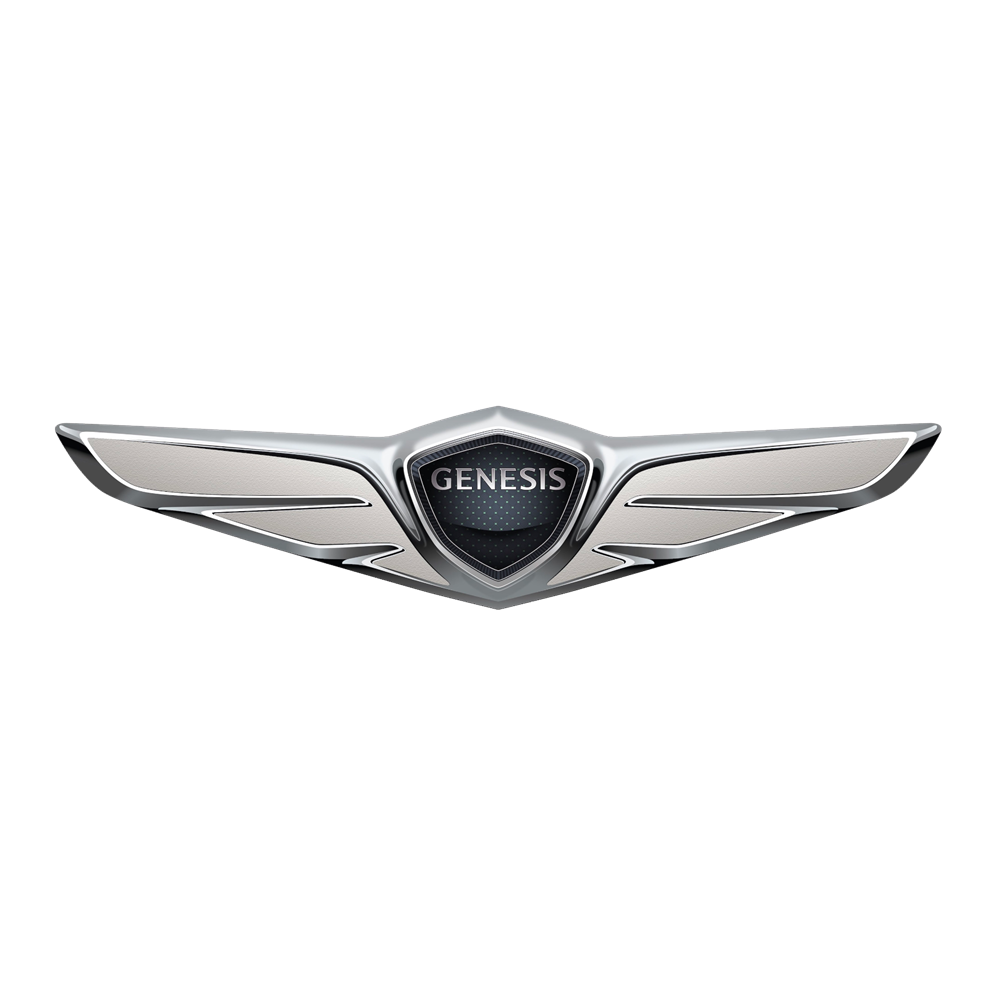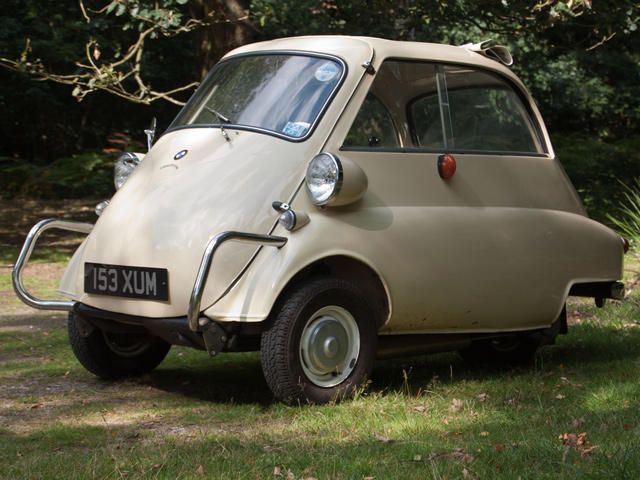
In all of history, there have been very few quicker methods to sever your legs from your body than a BMW Isetta. These days, quite a lot of German cars can rival the big names from Sweden in safety ratings, but it was not always thus, and the Isetta is one of the great examples of an unsafe German car. And yet, it wasn't the Isetta's poor safety record which would ultimately killed it off, but rather the simple availability of less weird economy cars not driven by Steve Urkel.
The name Isetta obviously doesn't sound very German, and this is because the Isetta was originally an Italian car, and not a BMW at all. The Isetta was one of the first of the "bubble cars", a type of car popular in Europe during the Fifties and staying alive through the early part of the Sixties. The first of these was the Messerschmitt KR175. Messerschmitt had formerly been an aircraft manufacturer, making the Bf 109, a mainstay of the German Luftwaffe during World War II, as well as the Me 262, the world's first jet-powered fighter. Banned from making aircraft for several years following the war, Messerschmitt decided to build small cars.
These were small enough that people only needed a motorcycle license to drive and were very cheap when it came to tax. The KR175 had two tandem seats, a top-opening canopy in place of doors and a streamlined body which was also reminiscent of an airplane. The KR175 would debut in early 1953, and the Isetta would follow just a few months later. The original was built by a company called Iso, and the name Isetta is the Italian for "little Iso". The car used a 236cc 9.5 horsepower motorcycle engine and had three wheels. It was found that three-wheel cars tended to tip over, so later versions of the car would have four wheels.
Of course, even the three-wheel Isetta was less prone to rolling over than cars with the single wheel at the front, such as the infamous Reliant Robin. Iso very quickly began to lose interest in its own car, and as company attention was being diverted to building the Rivolta sports car, it decided to sell the model in its entirety to BMW in 1955. BMW had already bought a license to build the Isetta from Iso, as had a number of other manufacturers, but BMW took it a step further and bought all of the body tooling as well. Companies in France and Brazil would also build licensed versions of the car, but with slightly different bodies.
The BMW version of the car is unquestionably the most significant, as it was the only version to see any real form of evolution. Under BMW, it would become the most popular of the bubble cars, and the best-selling single-cylinder car of all time, with 161,728 units sold. BMW would use its own 250cc engine to power the car, but when a change in the law in 1956 meant that the Isetta could no longer be classified as a motorcycle, the engine grew to 300cc and it gained a fourth wheel. That is, German versions gained a fourth wheel, versions manufactured in the UK and under different licenses generally stay as three-wheelers.
Bubble cars would last until the early Sixties, with cars like the now-infamous Peel P50 being one of the later additions. But the beginning of the end for these cars came in 1957, with the introduction of the Fiat 500. This was a small economy car which was actually, you know, a car. This was followed up by the Mini in 1959, and the bubble car would sputter out just a few years later. Sales might very well have dried up anyway though, as anybody interested in owning one could very well have already died in a crash in one. With nothing but a couple thin layers of sheet metal between you and whatever you hit, hitting anything more solid than a squirrel would send the front-opening door buckling right into your knees.
BMW would try to evolve the Isetta further, introducing the 600 in 1957. This was an Isetta which also had a back row of seats and a back door from which to access them. It had a 600cc two-cylinder engine, but the extra power wasn't going to help it. The 600 was positioned against the VW Beetle, and it's not difficult to see why it completely failed to outsell the VW. This would die off in 1959. This wouldn't be the end of horrible tiny German cars, but we'll give the Smart ForTwo its own article later on.

